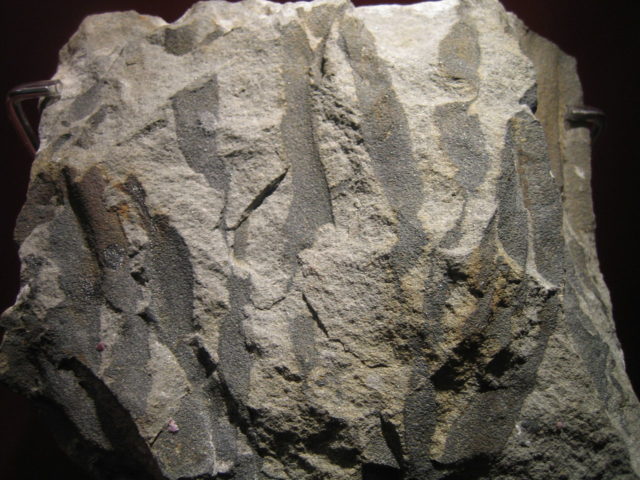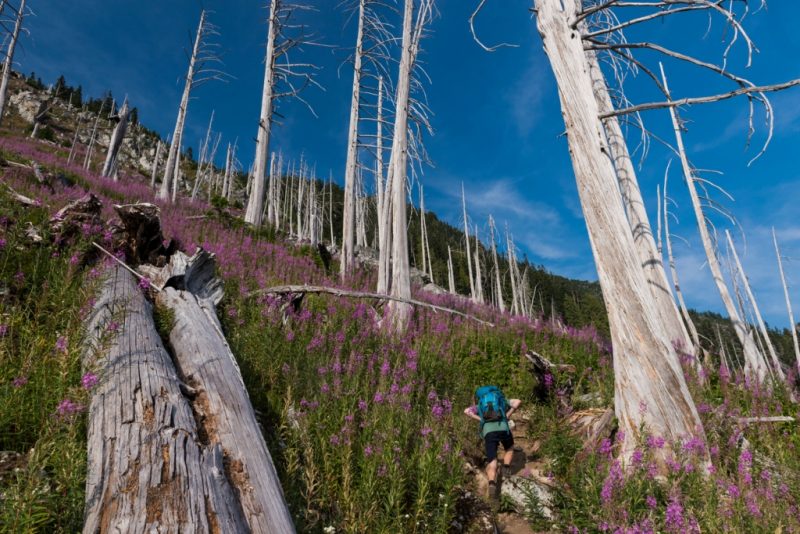It is a challenging task to track down which are the oldest trees alive on our planet today. Such research would lead us to several astonishing examples, like Sweden’s Old Tjikko tree, a Norway Spruce that has been alive ever since the last Ice Age; this tree is older than 9,500 years.
But what could research on the first trees ever to grow on our planet tell us? It turns out, quite a bit. A brand new study that was carried out by an international team of researchers, published in the journal Proceedings in October 2017, ponders closely the 374-million-year-old fossil samples of trees. Two such examples were excavated in the northwest part of China, in 2012 and 2015.
What the study suggests is that the first trees on our planet were far more complicated than we might have assumed. The researchers found that one specimen was found to incorporate hundreds of other tree-looking structures within itself. That makes them considerably different in structure compared with any of the modern-day trees we see around us today.

After scrutinizing the fossils, scientists have identified that there was an entire network of woody threads that intermingled in the trunk of the ancient tree. Christopher Berry from the UK’s Cardiff University, one of the authors of the study, comments that such a finding is “bizarre.”
The fossils were excavated in China’s Xinjiang territory, while the whole study was led by Hong-He Xu, a researcher from the Nanjing’s Chinese Academy of Science. The research group has confirmed that the fossils belong to a Class of trees called Cladoxylopsids. These trees would have thrived as early as 393 million years ago, dotting the surface of Earth during the Middle Devonian period. By the Early Carboniferous time, some 320 million years ago, this group of trees had died out.
The Chinese fossils of Cladoxylopsids are not the only samples known. More fossilized specimens have previously been found in at least three different locations, in Germany, the U.S., and Scotland. However, none of these have provided scientists with enough data to reconstruct their anatomy as a whole. The Chinese samples did the trick, and they even picked a new name, Xinicaulis lignescens. It stands for “new stem becoming woody.”
The name is self-explanatory, devised from perhaps one of the most exciting traits this ancient tree had. Its trunk was composed of many many xylems, possibly hundreds. These vascular tissues functioned as woody tubes, and they brought water all the way from the tree’s roots and to the top.
Modern-day trees have xylem tissue only through the tree’s center, from roots to branches. As you might already know, when a tree gets cut, we can see its “growth rings.” A new such ring forms each year, and it’s how we can easily tell its age by counting the rings.
However, the xylems of Xinicaulis lignescens were sorted out in strands that were found just within the tree’s outer two inches. Which means that the tree’s trunk remained hollowed out in the middle. The study further reveals that all of the xylem strands were intermingled with a net of additional strands that had supportive functions.

Most interestingly, each xylem would have growth rings of its own. And while all those rings, as well as their supportive nets, developed as time passed, the tree gained in volume. When the scientists have pondered the cross-section of the Chinese specimens, what they could see was almost the same as looking down at myriads of miniature trees that were all integrated into one big fat tree.
Berry has dubbed this intricate structure “incredibly complex.” Added to that, while growing, the supportive nets were prone to breakage, but it seems that they had the capability to regenerate on their own.
One more trait of Cladoxylopsids was also their pyramid-shaped base that would gradually dwindle as the tree grew in height. This trait was known from research of other fossilized Cladoxylopsids in the past, and it’s perhaps the best-noticed trait when looking at illustrations of these plants.
Berry explained why we come to these findings only now. The answer, he says, is to do with how the fossils were preserved. The Chinese ones, found in volcanic material, have been better preserved, thus scientists were able to obtain more intricate details to produce the complete reconstruction of the tree’s structure and shape. All of the best known fossilized Cladoxylopsid have been preserved in sand, and these have shown to be a poor data resource.
It is an exceptionally significant discovery, as Xinicaulis lignescens demonstrate an authentic case of tree growth unseen previously in Earth’s history. Still, there are plenty more questions to be explored.
To leave you thinking: the Cladoxylopsid also turns out to have similarities with palm trees. How it came to that would probably require more years of study.
